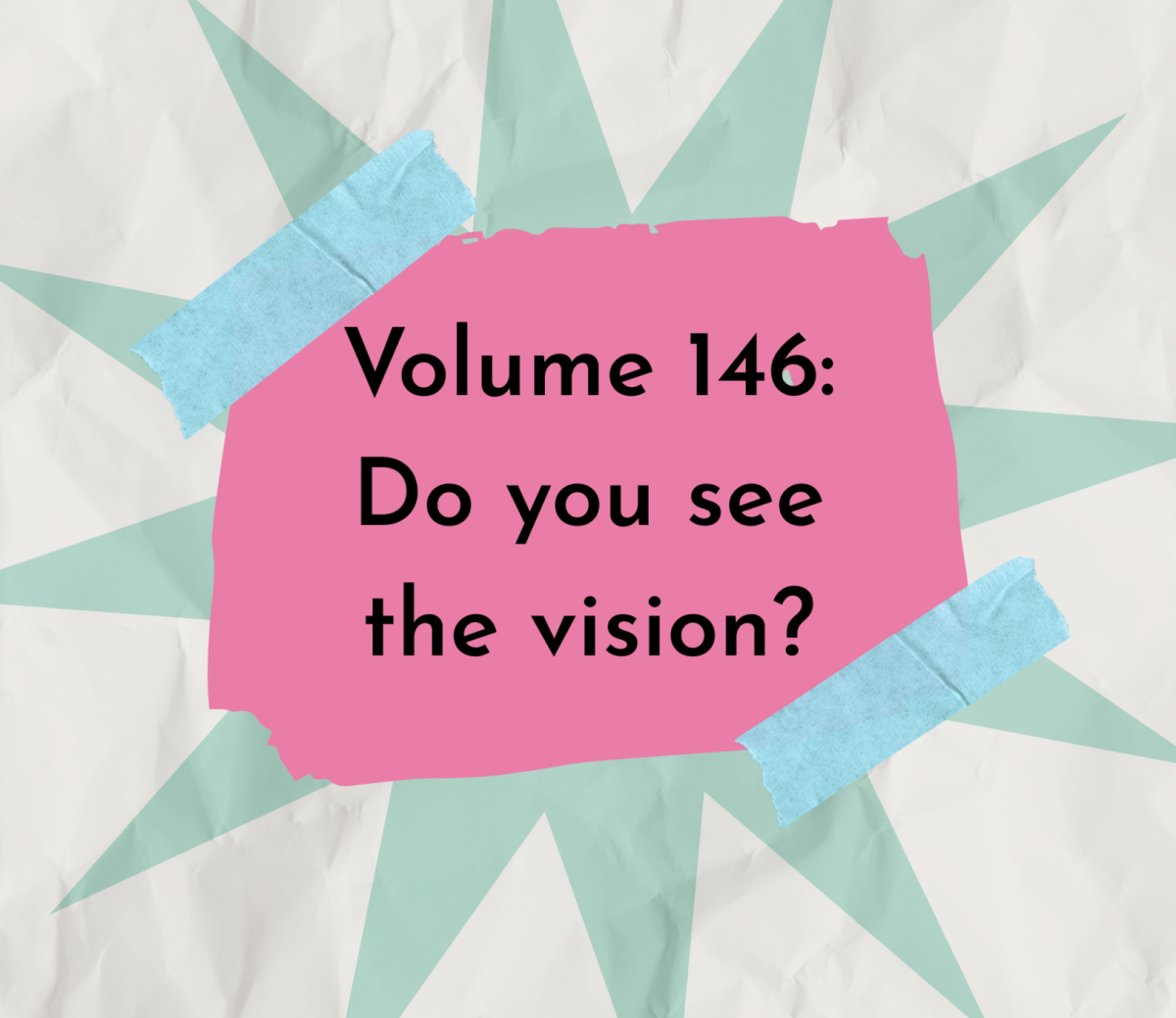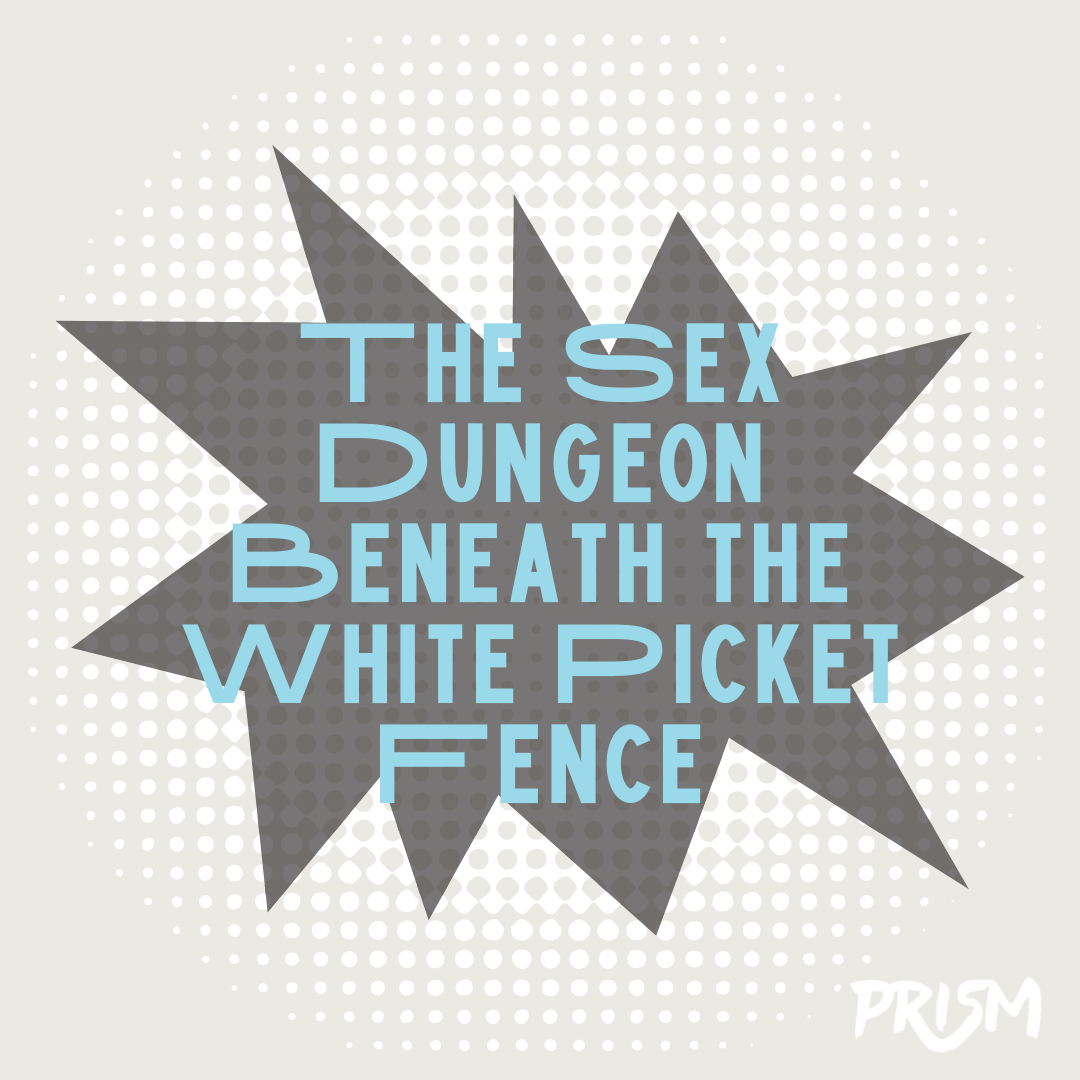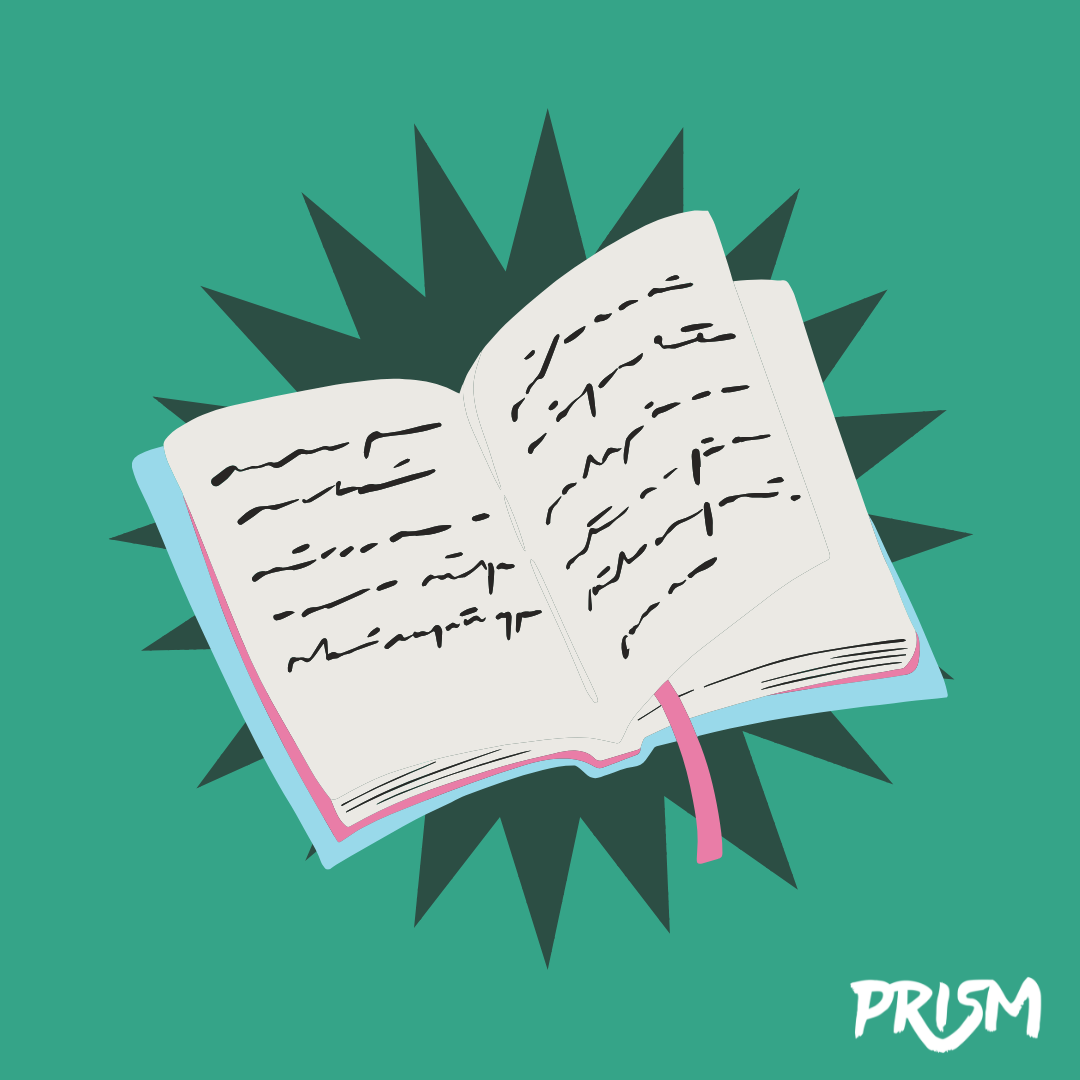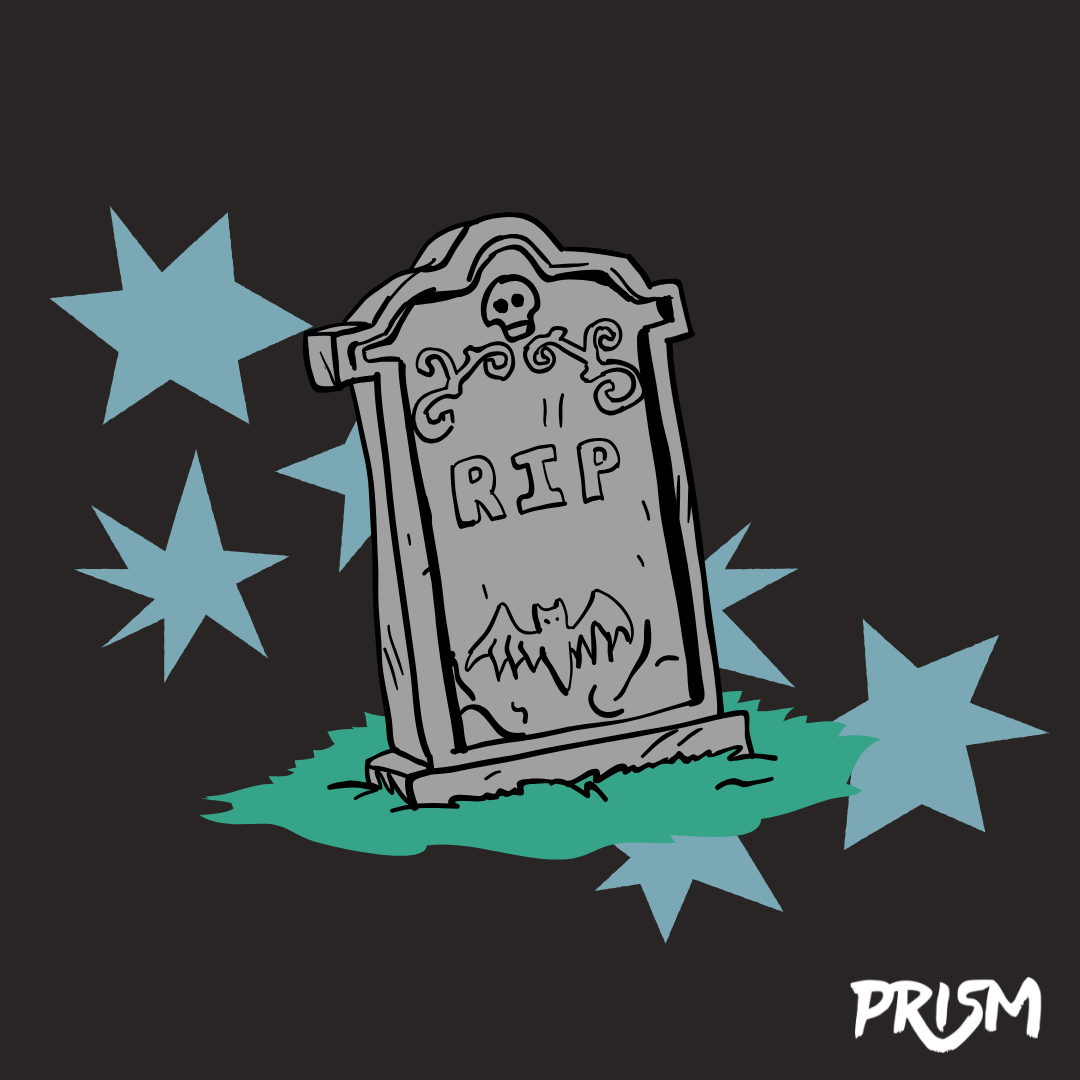Last year, I started off an Oregon State University writing class by pissing off my professor, which is rare for a blatantly annoying teachers’ pet like myself. We were required to read the text “Writing Short Stories” by Flannery O’Connor and respond in a Canvas discussion, but the “rules” of short story writing O’Connor layed out confused me, because I knew many short stories that gleefully defied them and shined for it. In my response, I challenged O’Connor’s claims and gave many of my contrary examples, including the literary sci-fi story “The Ones Who Stay and Fight” by N. K. Jemisin and the genre children’s story “Rincemangle, the Gnome of Even Moor” by Terry Pratchett. My professor was not impressed, and stiffly informed me that O’Connor was not discussing “…story as entertainment or hobby or polemic, but as a serious art form that can enrich, deepen, and sharpen our understanding — in addition to entertaining.” Aside from the implication that N.K. Jemison and Terry Pratchett (a Hugo-award-winning pillar of the literary Afrofuturism movement and a dude who was literally knighted for his contributions to literature) are not serious artists whose work enriches, deepens, or sharpens their reader’s understanding, there was a slight problem with this response: O’Connor’s text was about short stories. No further specifications; just short stories. Why, then, would a professor of literature not even consider that “short stories” meant, y’know, all short stories?
And why did his coworker feel the need to give her audience a (small) list of MFA programs that are accepting of fantasy and sci-fi when presenting about creative writing master’s programs?
And why does OSU offer 17 English classes on historical literature, but just one class (3 credits, online only, purely elective) of writing for the web? In 2025?
Yes, this is a blog post about why the English field should embrace genre, speculative, and populist fiction, and yes, you’re going to listen, because this isn’t just another anti-Shakespeare rant (click the link, you won’t be disappointed) but a betrayal from the inside. I’m one of, like, twelve people in the world that actually love literary fiction. I love realistic fiction. I love classical fiction, especially when it’s way weirder than the literary community prepared me for. (You do not know unhinged until you read “The Goose” from “Il Pentamerone”). But I also love…other stuff. I love literary sci-fi and fantasy, romances about wedding-time goat sacrifices, pragmatic accounts of the zombie apocalypse. I like comics about kids that play with maybe-magical stuffed tigers, comics about little alien critters defeating evil wizards and rescuing beautiful maidens, comics about stick figures playing sex dice dnd. And I’m not alone! The best-selling book genres are romance and erotica, followed by crime/ mystery, religious/inspirational, science fiction/fantasy, and horror. These sales don’t just represent money — although, given that college is supposed to prepare you for your adult life and being able to afford rent is nice, that’s a perfectly responsible concern — but they represent people’s interests. And yet most universities appear indifferent to people’s interests, focusing only a tiny fraction of their English teaching on genre fiction. Where are the classes that teach us to write a fight scene, a sex scene, how to sprinkle enough crumbs that the readers go, “Ohhhh, it all makes sense now!” when we reveal that the professor killed Mr. Boddy in the observatory with a candlestick? They don’t exist — but by God can I write a 100-word response to a Canvas post describing the use of setting to explore the themes of cultural conservatism in the 95-year-old “A Rose for Emily.”
The habit of English programs to ignore what students want to learn or what the people want to read in favor of the sliver of the literary world that they think people should care about helps explain the label of pretension that English departments are often saddled with. It’s also really funny. Imagine if any other department ignored 90% of its purview, looking down its nose at all of its field it didn’t like. What if zoology exclusively studied animals in the Carnivora order, because non-carnivores weren’t inspirational enough? What if chemistry ignored the entire periodic table except for the bottom two rows because the rest were just too common? What if language departments completely ignored the existence of Dutch because Dutch was, objectively, too silly?
The result is not just that genre fiction suffers, but literary fiction — and its writers — are debased. On Chill Subs*, only 5% of journals that publish sci-fi and fantasy stories charge a submission fee. For journals that publish literary fiction? It’s 24% — almost a 400% increase. (Poetry is 19%.) This trend continues among the most competitive, selective journals; 38% of journals that accept literary fiction with an acceptance rate of ≤5% have a submission fee, compared to 8% of sci-fi and fantasy journals. However, the journals that publish sci-fi and fantasy are 50% more likely to pay contributors than journals that publish literary fiction, at 60% and 40%, respectively**. This is concerning because the act of charging a submission fee generally shows at least one of two things:
- The journal is unable to financially stay afloat by offering its writing as a product due to too-low readership and institutional support, so the opportunity to submit (and potentially be published) becomes part of its product. (See one journal talk about it here.)
- Literary journals are so overwhelmed with submissions that they put up a reading fee to slow the flood.
While there are a lot of factors at play, and certainly English departments can’t be blamed for the lack of institutional support that literary journals often receive, the arts are institutionally endangered everywhere, and the idea of paying to submit — and not being paid for publication — is alien to the rest of traditional publishing. MFA programs, undergraduate English degrees, and high school curriculums have drilled realistic literary fiction so firmly into the heads of their students, with no consideration for the demand of literary fiction, that literary journals are flooded with submissions and parched for readers, and the publication increasingly becomes the product; it stops being about enlightening readers, and begins to be about giving desperate MFA students a line on their writing resume. How sad is that? And how many of those desperate MFA students would have, if given the chance, chosen instead to focus on other forms of writing with higher likelihoods of actually appearing in front of audiences?
This isn’t just a problem in universities, and it’s not just a problem for writers. People love — often, but not always, with good reason — to wring their hands about the reading habits of the youth and the population as a whole. (I wrote an article about it here). So you’d imagine that the books being taught in K-12 schools would be the kind of books kids like — a wide variety of fun, action-packed, usually genre books, right?
Ha.
The most popular books to teach in high school literature classes*** are “To Kill A Mockingbird” (1960), “Romeo and Juliet” (1597), “Of Mice and Men” (1937), “Night” (1960), “The Great Gatsby” (1925), “The Crucible” (1953), “Macbeth” (1623), “Hamlet” (1603), and “Frankenstein” (1818). All are literary, all but “Frankenstein” and “Hamlet” are realistic, and all of them were long since written when my mother was kicking in the womb. As I’ve said before, I do like classics, and I’m certainly not implying there’s nothing modern children can learn from books like “Night” and plays like “The Crucible.” But bear with me for a second. Have you ever rewatched your old Disney favorites as an adult? “Snow White,” “Cinderella,” “101 Dalmatians,” all those old movies you loved as a kid?
Were you not bored out of your mind?
Language, knowledge, values, audiences, and pacing norms all change over time. It would be ludicrous to feed high school students exclusively let’s-take-seven-minutes-to-show-the- princess-walking-into-the-house-and-walking-back-out “Snow White” and then expect them to love the cinema, just like it would be ludicrous to show a group of children “Perry Mason” and then be confused when they aren’t spending every moment in front of the TV. So why do we feed them a revolving buffet of ancient stories and act surprised when they don’t embrace literature?
I learned to love reading largely outside of the classroom, gobbling up “Fablehaven” and “Eragon” at lightning speeds, and I’m not alone. I spoke to my friend — an OSU poet and volunteer for a literary journal — for this project, and they told me, “Because the stories (my instructors) had me read were not all that exciting, I didn’t seek out any more than they made me read.” They were roped into loving literature by a collection of thought-provoking, multi-genre stories. This is a common theme among teachers, many of whom say their students are bored by classics and can’t relate to them. While it’s true that realistic literary classics can grapple with themes relevant to the modern world, so can modern stories, speculative literature, and genre fiction. “Sinners, Saints, Dragon, and Haints in the City Beneath Still Water” by N.K. Jemisin reflects on environmental racism and community, and its climax is a dragon vs godzilla-thingy gun battle. NBC’s “The Good Place” thoroughly interrogates the question of what it means to be a good person in the modern world, and it’s a comedy sitcom with a demon fire squid as a main character. “A Most Blessed and Auspicious Occasion” by Raphael Bob-Waksberg is one of the most gut-punching reflections on love I’ve ever read, and it includes the line: “Sometimes desperate times call for punching a eunuch in the face so you can steal his giant silver egg and use it as a blunt object.” My friend said, “I still believe that the best fiction shouldn’t just be something to study, it should draw you in first (through drama) and make you want to study it.” This is the age of Sparknotes and AI essays. If the kids don’t want to study it, they won’t.
It’s hard to imagine a time when the stakes were higher. Misinformation about pandemics and wildfires alike spread online as fast as, well, wildfire, and people are increasingly isolating in echo chambers. Algorithm-maximizing Instagram infographics are replacing nuanced 2,000-word newspaper articles as the way we learn about modern events, and our attention spans are shrinking. The ability of people to critically engage with text and empathize with the experiences of people different from them are of dire importance, and the field of English could play a noble role in helping ground people in the humanity and complexity of those around them in our increasingly simplistic world. But it can also, as another English student put it, “entrench a common form of anti-intellectualism” if it holds itself above and separate from “the people.” We can change the world with our writing, but only if people actually read it. So let’s decide, my fellow English nerds: Is English for the scholars, or for the people?
*If attempting to replicate my findings (go for it!): I first filtered for journals with a maximum founding year of 2023 and for journals with an acceptance rate of 0-99%, to eliminate self-publishing sites and new journals that were still figuring out how to be sustainable.
**Not that I’m including journals that offer token payments in this category, simply because there’s no way to filter for the amount of payment on Chill Subs and I don’t have time to manually tally hundreds of journals.
***Looking at the top three books for each grade level














